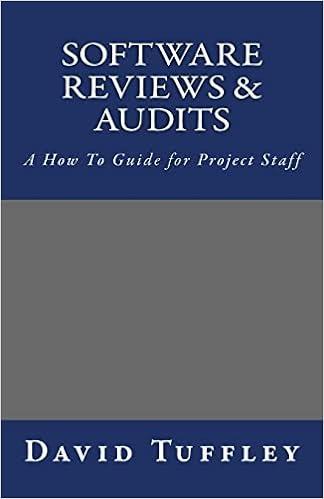Question
David Smith comes into your office and asks you to prepare his tax return. He provides the following details: He commenced business on 1 st
David Smith comes into your office and asks you to prepare his tax return.
He provides the following details:
He commenced business on 1st July 2019 as a sole trader operating a clothing store. He is a small business entity and registered for GST. In the year ended 30 June 2020, Davids business records revealed the following:
- Sales revenue of $660,000 (inc. GST) was received during the year.
- Insurance recovery of $6,000 in respect of a claim for a broken shop window which had been repaired and the cost deducted last year.
- Fringe benefits tax $5,000 paid this year in respect of stock discounts given to employees.
- David set aside a provision in his accounts of $11,000 for bad or doubtful debts. During the year he wrote off one debt for $1,600 as bad as the debtor had gone bankrupt.
- David purchased trading stock of $145,120 during the year. On 1 July 2019 trading stock on hand was valued at $31,340 and on 30 June 2020, trading stock on hand was valued at $18460.
- Business advertising of $7,200 was paid for magazine advertisements for the period 1 January 2019 to 31 December 2019.
- David sent staff on a full day training course on Customer Service Skills provided by an external training company. The cost of the course was $8,000.
- David has 2 employees that work as full-time staff doing exactly the same job. One, his son Arthur, was paid a salary of $160,000 while George, totally unrelated in any way to David, was paid $76,000 for the same job.
- In December 2019, a staff member was robbed at gun point while banking cash from the previous days sales. Davids business was not insured for such a loss and lost a total of $11,600 in business profits
- On 1st November 2019, the external roof of the clothing store was replaced due to water leaking through holes in the roof. This had been a problem since the property was first purchased; $20,000.
- On 1st July, 2019 David sold a rental property for $800,000. He had purchased the property on 1st July, 2010 for $400,000. He had not made any capital improvements.
- On 1st July, 2019 David also sold a Rolls Royce saloon for $80,000. He had purchased this item on 1st July, 2010 for $40,000.
Assessment Tasks:
You are required to advise David Smith what his taxable income will be for the year ended 30 June 2020 explaining the taxation treatment of the above revenue and expenditure items and justifying your advice with reference to case law and ITAA sections where appropriate.
Step by Step Solution
There are 3 Steps involved in it
Step: 1

Get Instant Access to Expert-Tailored Solutions
See step-by-step solutions with expert insights and AI powered tools for academic success
Step: 2

Step: 3

Ace Your Homework with AI
Get the answers you need in no time with our AI-driven, step-by-step assistance
Get Started


